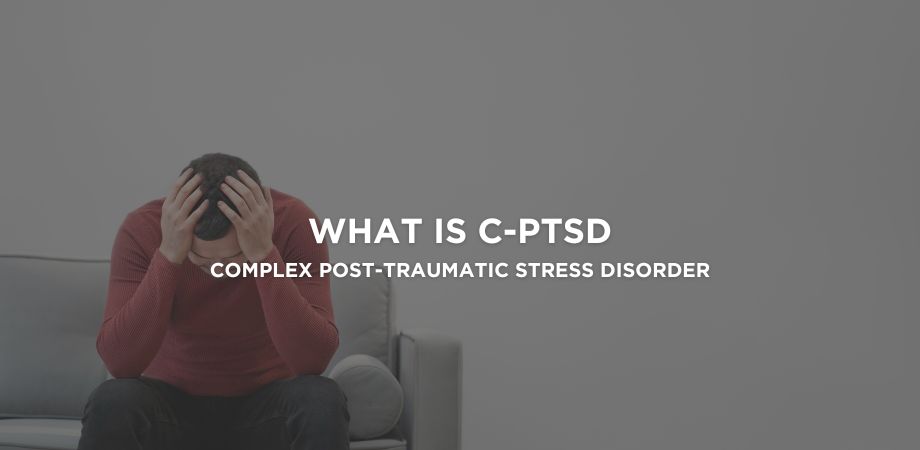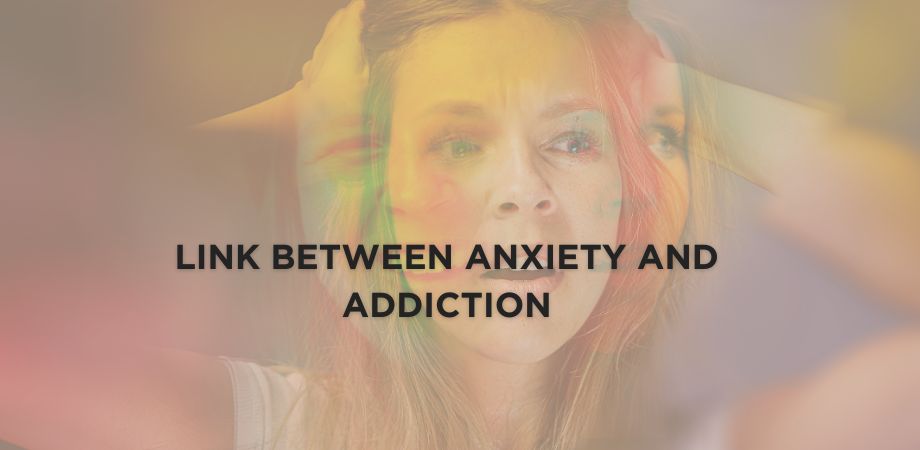Opioid use disorder is a serious health crisis, with close to 80% of drug-related deaths attributed to opioid overdose. For those seeking recovery, overcoming opioid withdrawal is a critical step. Due to the stoppage or reduction of opioid intake, the body suffers painful physical and psychological reactions due to its dependence on the substance. These withdrawal symptoms are a sign that the body is attempting to re-establish its balance and stepping away from dependence.
The withdrawal symptoms may at times overwhelm an individual and make them go back to the drug. These symptoms may include anxiety, muscle aches, sweating, seizures, vomiting, diarrhea, and intense drug cravings. The duration of the symptoms varies based on the type of opioid used. The withdrawal is not as dangerous as alcohol addiction, but carries a high chance of relapse and overdose.
Heal in a Safe, Caring Environment
Call Us at 1800-547-2060 for a Free Consultation.
Understanding Opioid Withdrawal
Opioids are a class of drugs that include prescription pain relievers, like fentanyl, morphine, and oxycodone, alongside illicit drugs like heroin. These opioids are very addictive, and constant usage can lead to dependency to function properly.
Even short-term usage can lead to withdrawal symptoms. However, generally withdrawal occurs for people using them for over two weeks. Opioid addiction withdrawal isn’t life-threatening, but it can cause physical and psychological issues in the body. It is therefore important to receive the right treatment to handle withdrawal symptoms.
Symptoms of Opioid Withdrawal
The symptoms of opioid withdrawal may range from mild to severe, causing great inconvenience. These symptoms can be classified as early and later symptoms.
Early Symptoms
The early symptoms are seen within 8-12 hours after the last dosage of opioids. The symptoms include:
- Muscle aches and pain
- A strong feeling of restlessness and anxiety
- Frequent, involuntary yawning
- Runny nose and watery eyes
- Profuse sweating, even in cool environments
- Difficulty falling or staying asleep
- Increased heart rate
Late Symptoms
The later symptoms typically peak within 24 to 72 hours of the dosage of opioids. The symptoms include:
- Severe nausea and vomiting
- Increased respiratory rate
- Intense abdominal cramping
- Dilated pupils
- High blood pressure
- Intense cravings for opioids
- Feeling of hopelessness, sadness, and general unease
- Involuntary leg movement and muscle spasms
Timeline for Opioid Withdrawal
The timeline for opioid withdrawal varies depending on several factors, which include:
Type of Opioid
Some opioids, like heroin and oxycodone, have a quick onset with a shorter time frame of acute withdrawal symptoms. The duration can be between 5-7 days for physical issues, but psychological issues can linger longer.
Long-acting opioids like methadone and buprenorphine have a delayed onset, which can have a longer withdrawal process. The duration can last weeks to even a month for physical issues, but psychological problems last longer.
Dosage and Frequency of Use
High dosages will increase the intensity and prolong the withdrawal process. If a person is on an acute dosage, then the withdrawal symptoms will go away quickly. Similarly, for higher doses, the symptoms will persist for a longer period.
Health and Metabolism of an Individual
Each individual’s body processes drugs differently. This influences the time and intensity of the withdrawal. Additionally, if a person has a co-occuring disorder, the withdrawal process will be gravely affected.
Post-Acute Withdrawal Symptoms (PWS)
The acute physical symptoms usually subside within one to two weeks; however, some individuals experience PWS. The symptoms of it can include:
- Difficulty concentrating
- Anxiety and depression
- Low energy and fatigue
- Sleep disturbances
- Decreased ability to feel pleasure
Effective Management for Opioid Withdrawal
The effective management of opioid withdrawal focuses on reducing the symptoms and preventing complications. A major part of management involves supporting the individual to attain long-term recovery. This usually involves a multi-faceted approach:
1. Medication-Assisted Treatment (MAT)
Medication-Assisted Treatment (MAT) is a gold standard for opioid withdrawal and provides ongoing support. Certain medications can help prevent symptoms and cravings.
Naltrexone: It is an opioid that blocks the effects of opioids and is usually used after detoxification to prevent relapse.
Buprenorphine/Naloxone (Suboxone): It is a partial opioid that reduces withdrawal symptoms and cravings without producing the same highs as other opioids.
Methadone: A full opioid agonist used in highly regulated clinics to manage withdrawal and prevent cravings.
2. Symptomatic Medications
Medication-Assisted Treatment (MAT) is effective in managing cravings, but there are other medications to help avert the issues, which include:
- Clonidine to help reduce anxiety, cramps, sweating, and a runny nose
- NSAIDs or acetaminophen for muscle aches or pain
- Anti-nausea medications
- Anti-diarrhea medications
- Sleep aids to manage insomnia
3. Behavioral Therapies and Counseling
To manage the symptoms and ongoing support, behavioral therapies and counselling are pivotal. These therapies are crucial to address the underlying issues of addiction and develop coping mechanisms. Some great examples of behavioral therapies are Cognitive Behavioral Therapy (CBT), Dialectical Behavior Therapy (DBT), and individual or group counseling.
4. Residential or Outpatient Treatment
The severity of the dependency may warrant individuals to require on-site or outpatient care. The success rate for treatment in a residential setup far exceeds that in an outpatient setup. Alpha Healing Center is a premier luxury rehab that has the best facilities and experienced doctors to help tackle opioid addiction. Our staff is very supportive during recovery, as well as aftercare planning and relapse prevention.
Frequently Asked Questions
Opioid withdrawal is not life-threatening, but requires medical supervision. Symptoms like vomiting and diarrhea can cause severe dehydration or electrolyte imbalances, requiring the right support. Additionally, the risk of relapse and overdose is high if attempted alone.
Yes, as detox only helps address physical dependence. Long-term recovery helps address emotional, social, and psychological factors affecting withdrawal.
The physical dependence of opioids can resolve within days or a few weeks. However, the full restoration of the brain function is a gradual process, taking 6 months or longer.





